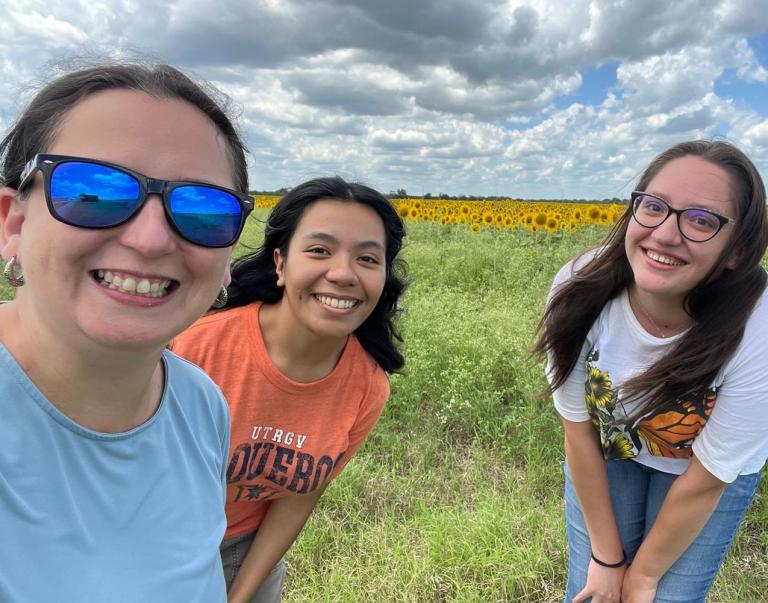WASHINGTON, Oct. 17, 2012—In a major advance that will unlock the benefits of the mapping of the barley genome—one of the world's most important cereal crops—work conducted and supported by the U.S. Department of Agriculture (USDA) in collaboration with researchers around the world has resulted in the most advanced sequencing of the barley genome to date, as reported today in the journal Nature. The advance will give researchers the tools to produce higher yields, improve pest and disease resistance, and enhance nutritional value of barley. Past genomic research supported by USDA has provided similar benefits to crops such as tomato and corn, and helped improve cattle breeding and enhance the productivity of dairy cows.
"USDA supports innovative genomics research that is really moving us forward to meeting the many challenges we face in food, fuel and agriculture production," said Catherine Woteki, USDA's Chief Scientist and Under Secretary for Research, Education, and Economics. "This important step toward full barley genome sequencing offers enormous potential for global food security. Using the tools of genetics and genomics, we are keeping farmers profitable and our food supply safe and abundant."
Along with project investigators Timothy Close and Stefano Lonardi at the University of California, Riverside (UCR) and Gary Muehlbauer at the University of Minnesota, supported by grants from USDA's National Institute of Food and Agriculture (NIFA), USDA's Agricultural Research Service (ARS) scientists Roger Wise and Jesse Poland, together with scientists from 19 other organizations around the world, make up the International Barley Sequencing Consortium (IBSC).
Nearly twice as large as the human or maize genomes, the barley genome was a challenge to sequence, due to its complexity and its large proportion of repetitive regions, which are difficult to piece together into a true linear order. By developing and applying a series of innovative strategies that allowed them to circumvent these difficulties, the IBSC created a high-resolution assembly that places the majority of barley genes in order. This new resource provides the sequences of nearly all genes and associated regulatory regions, which will offer new direction to researchers seeking to improve barley yield and quality through functional genomics (determining the functions of important barley genes) and genomics-assisted breeding.
The work of IBSC highlighted in Nature provides a detailed overview of the functional portions of the barley genome, revealing the order and structure of most of its 32,000 genes and a detailed analysis of where and when genes are switched on in different tissues and at different stages of development. They describe the location of dynamic regions of the genome that carry genes conferring resistance to devastating diseases, such as powdery mildew, Fusarium head blight and rusts. This will provide a far better understanding of the crop's immune system. The achievement will also highlight with unprecedented detail the genetic differences among barley cultivars.
The success of the barley genome sequencing, and other grass family crops including wheat and rye, will allow breeders and scientists to effectively address the challenge of feeding the world's growing population living in an environment that increasingly challenges farmers and ranchers with extreme weather events.
The Nature paper can be found at http://www.nature.com/nature/journal/vaop/ncurrent/full/nature11543.html. For more information on the IBSC, please visit www.barleygenome.org.
#
USDA is an equal opportunity provider, employer and lender. To file a complaint of discrimination, write: USDA, Director, Office of Civil Rights, 1400 Independence Ave., S.W., Washington, D.C. 20250-9410 or call (800) 795-3272 (voice), or (202) 720-6382 (TDD).


